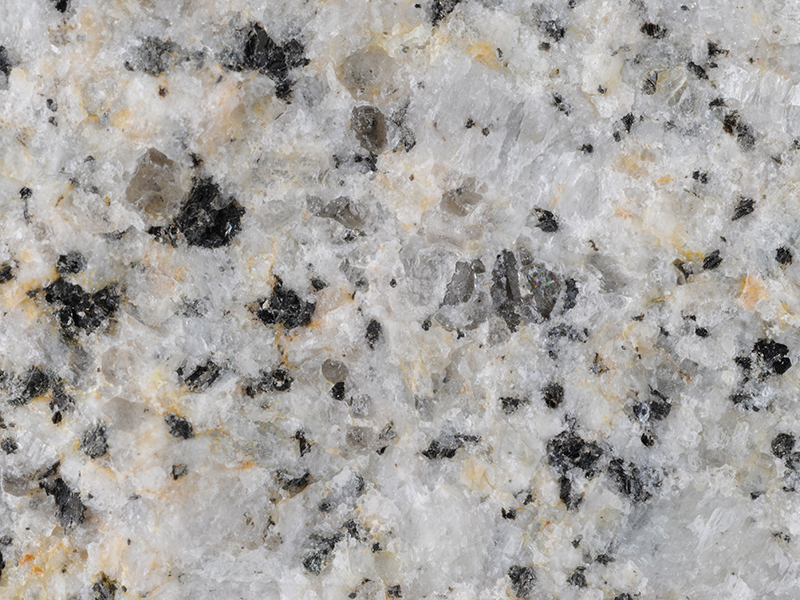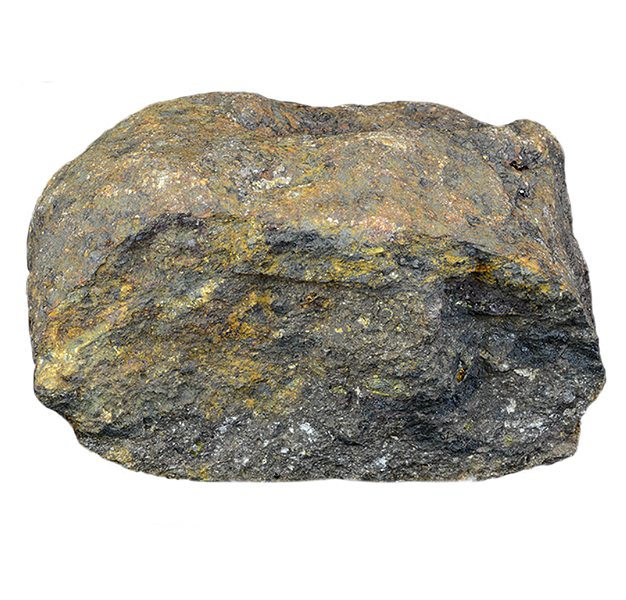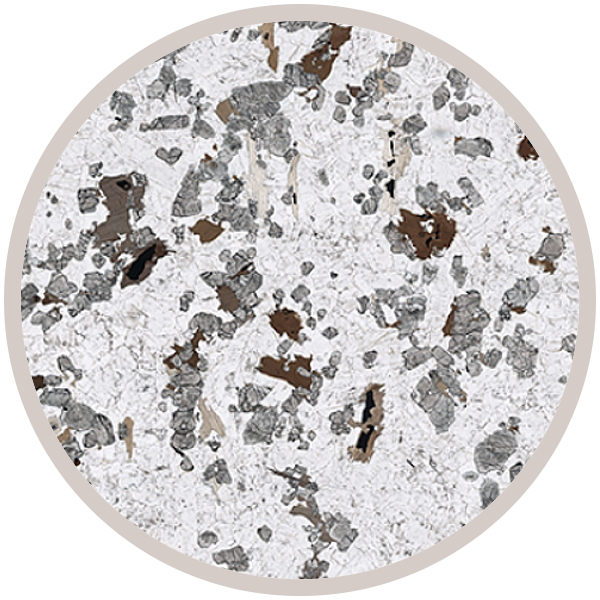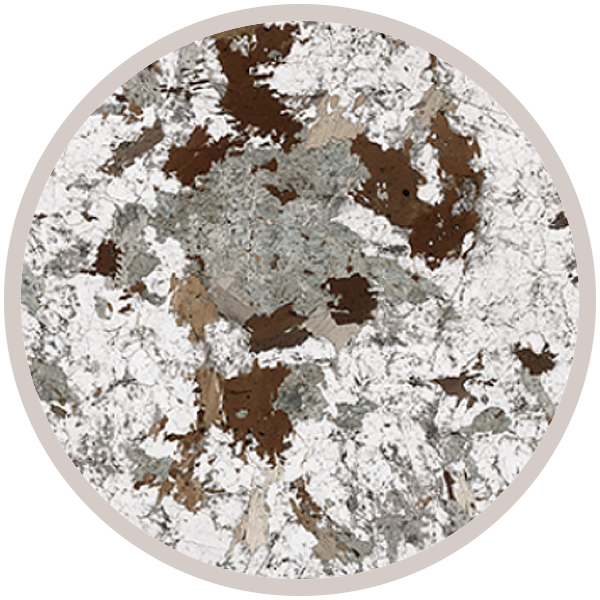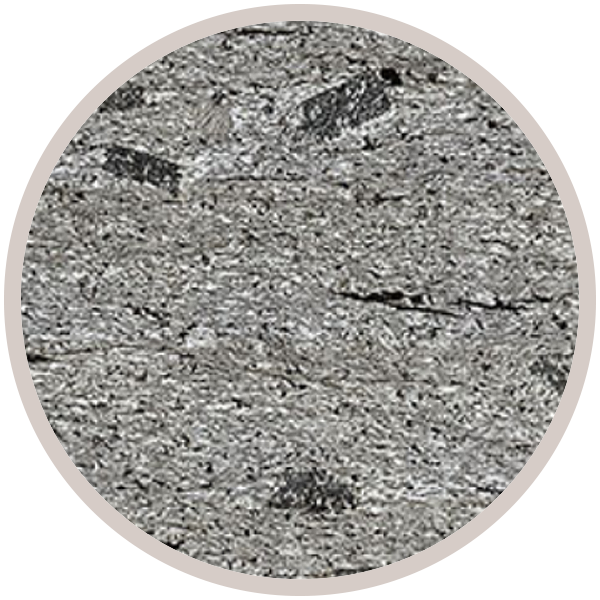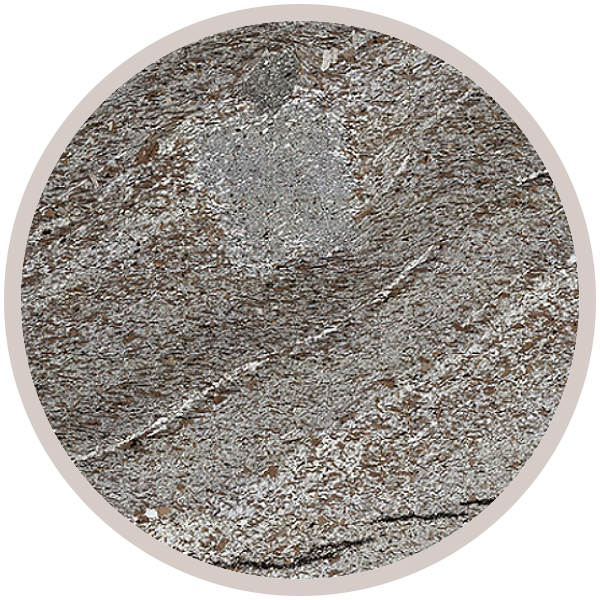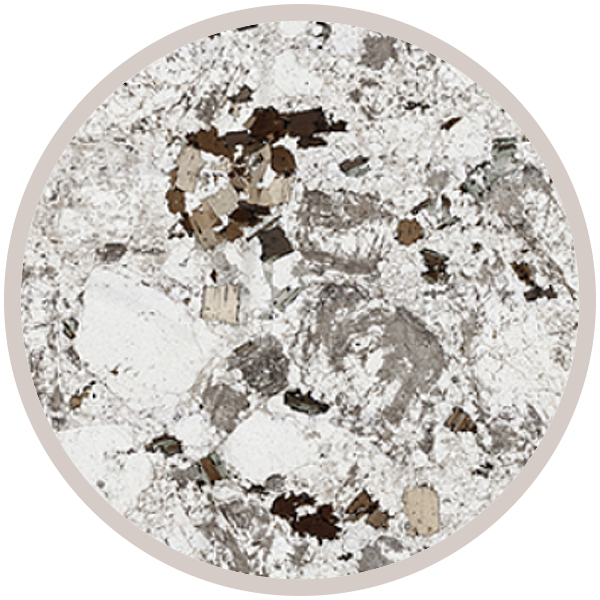
Fact sheet
Sample 208 from Open University Ph.D. thesis - A.G. Tindle (1982) Petrogenesis of the Loch Doon Granitic Intrusion, Southern Scotland.
Note this sample is already up in the UKVM collection - so text is available if needed.
This collection consists of the rocks and thin sections used in the Open University modules.
The first set of samples are from the level 3 module Understanding the Continents. The theme of the module is crustal evolution in contrasting environments. It covers plate-tectonic processes including extensional regimes, subduction zone processes, and collisional processes such as the formation of the Himalaya. The module is intended for those with an understanding of the essentials of igneous and metamorphic rock-formation processes, plate-tectonic theory and structural processes.
